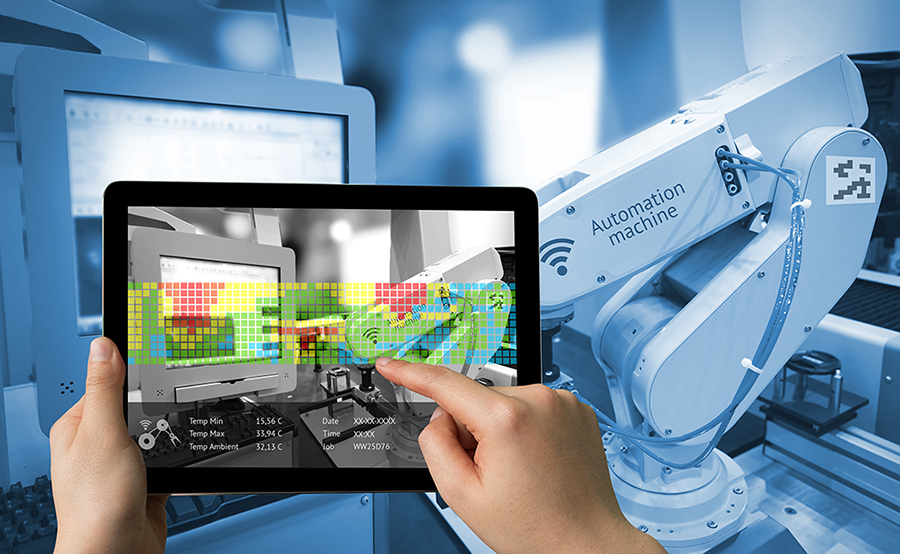Manufacturing 4.0

Manufacturing is continuing to change faster than you can innovate. You’re running hard to just keep pace with digitization, automation, expansion, and shifts in customer demand and employee demographics—the megatrends collectively known as Manufacturing 4.0.
Often interchanged with Industry 4.0, a term coined at a conference in Hanover, Germany, a few years ago, or Smart Manufacturing, the use of sensors and digital transfer of data, the Manufacturing 4.0 paradigm comprises major technological innovations including advanced robotics, IoT (Internet of Things), sensors, mobile services, 3-D printing, and data analytics.
What is Manufacturing 4.0?
Manufacturing is entering a period of radical change and transformation. Industry 4.0, which focuses on virtualization, decentralization, real-time capabilities, service orientation, and modularity, is the next phase of digitalization in manufacturing.
Experts in the field started using Manufacturing 4.0 to make the term more specific to the manufacturing industry, which is the cradle of these technological advances.
Industry 4.0 is the next phase in the digitization of the manufacturing sector, driven by four disruptions: the astonishing rise in data volumes, computational power, and connectivity, especially new low-power wide-area networks; the emergence of analytics and business-intelligence capabilities; new forms of human-machine interaction such as touch interfaces and augmented-reality systems; and improvements in transferring digital instructions to the physical world, such as advanced robotics and 3-D printing.
Technologies
Most of these digital technologies have been brewing for some time. Some are not yet ready for application at scale. But many are now at a point where their greater reliability and lower cost are starting to make sense for industrial applications. However, companies are not consistently aware of the emerging technologies. Consider an example of each disruptive trend:
- Big data
- Advanced analytics
- Human-machine interfaces
- Digital-to-physical transfer
These changes and many others like them are sure to be far reaching, affecting every corner of the factory and the supply chain. The pace of change, however, will likely be slower than what we’ve seen in the consumer sector, where equipment is changed frequently.
4.0 Technologies in Manufacturing Industry
Big Data
A manufacturing company found ways to capture more data from its sensors. New data showed some unsuspected fluctuations in oxygen levels during leaching, a key process. Fixing this increased yield by 3.7 percent, worth up to $20 million annually.
Advanced Analytics
Stronger analysis can dramatically improve product development. One automaker uses data from its online configurator together with purchasing data to identify options that customers are willing to pay a premium for.
Human-Machine Interfaces
Logistics company Knapp AG developed a picking technology using augmented reality. Pickers wear a headset that presents vital information on a see-through display, helping them locate items more quickly and precisely. And with both hands free, they can build stronger and more efficient pallets, with fragile items safeguarded. An integrated camera captures serial and lot ID numbers for real-time stock tracking. Error rates are down by 40 percent, among many other benefits.
Digital-to-Physical Transfer
Local Motors builds cars almost entirely through 3-D printing, with a design crowdsourced from an online community. It can build a new model from scratch in a year, far less than the industry average of six. Vauxhall and GM, among others, still bend a lot of metal, but also use 3-D printing and rapid prototyping to minimize their time to market.
